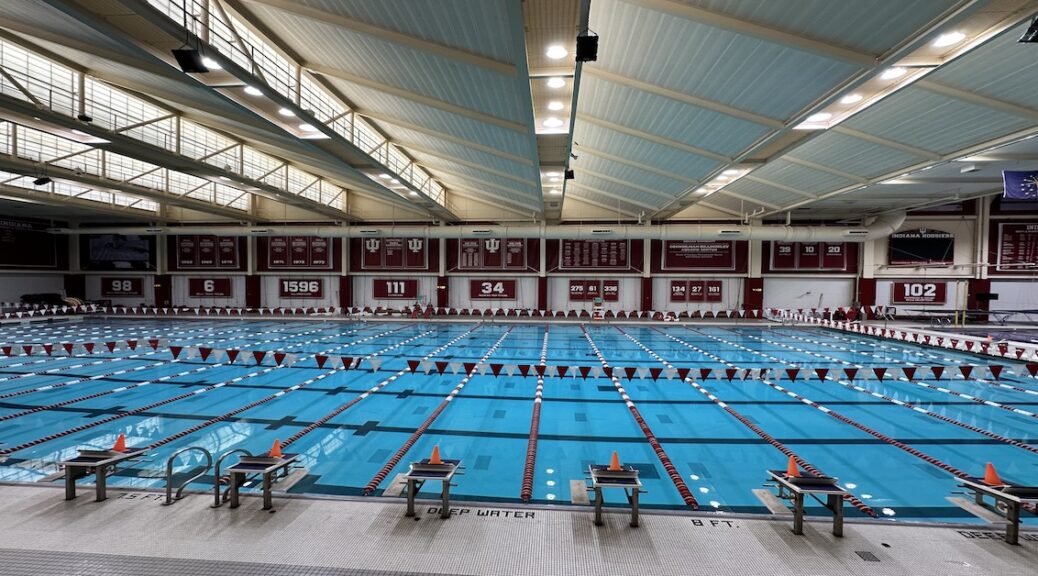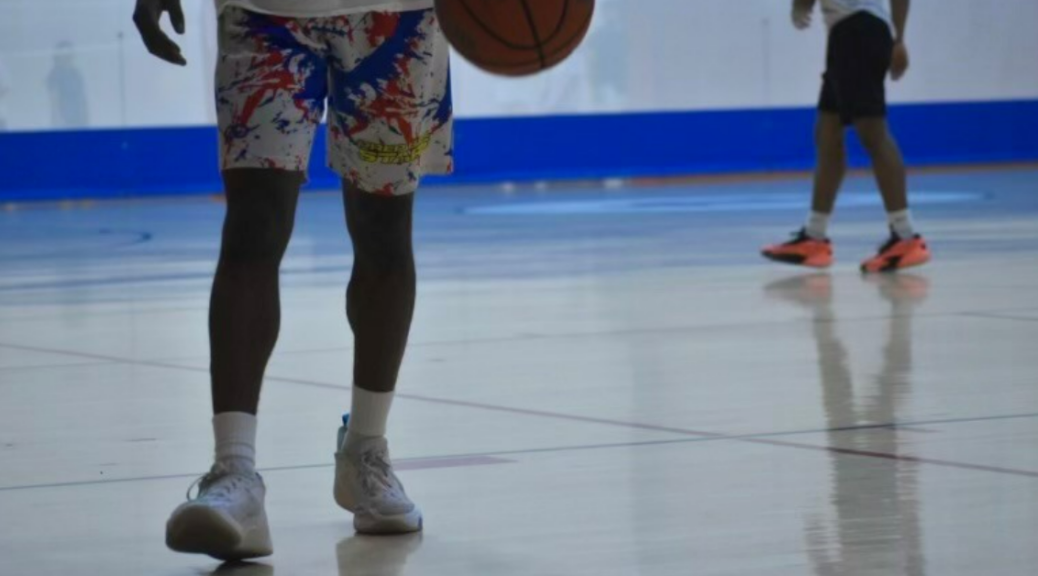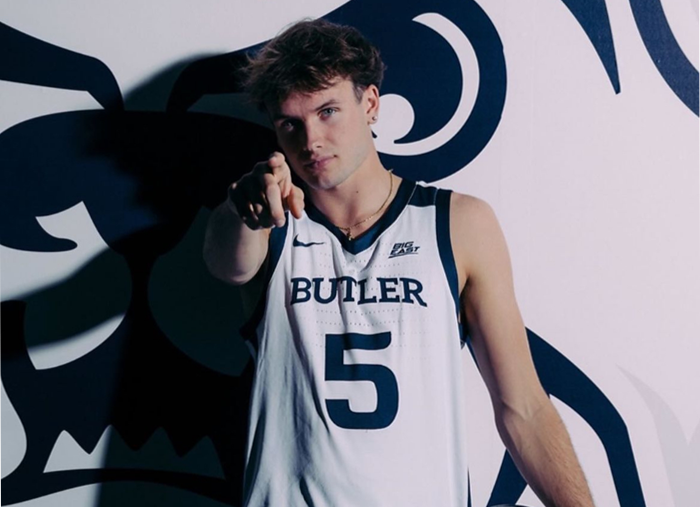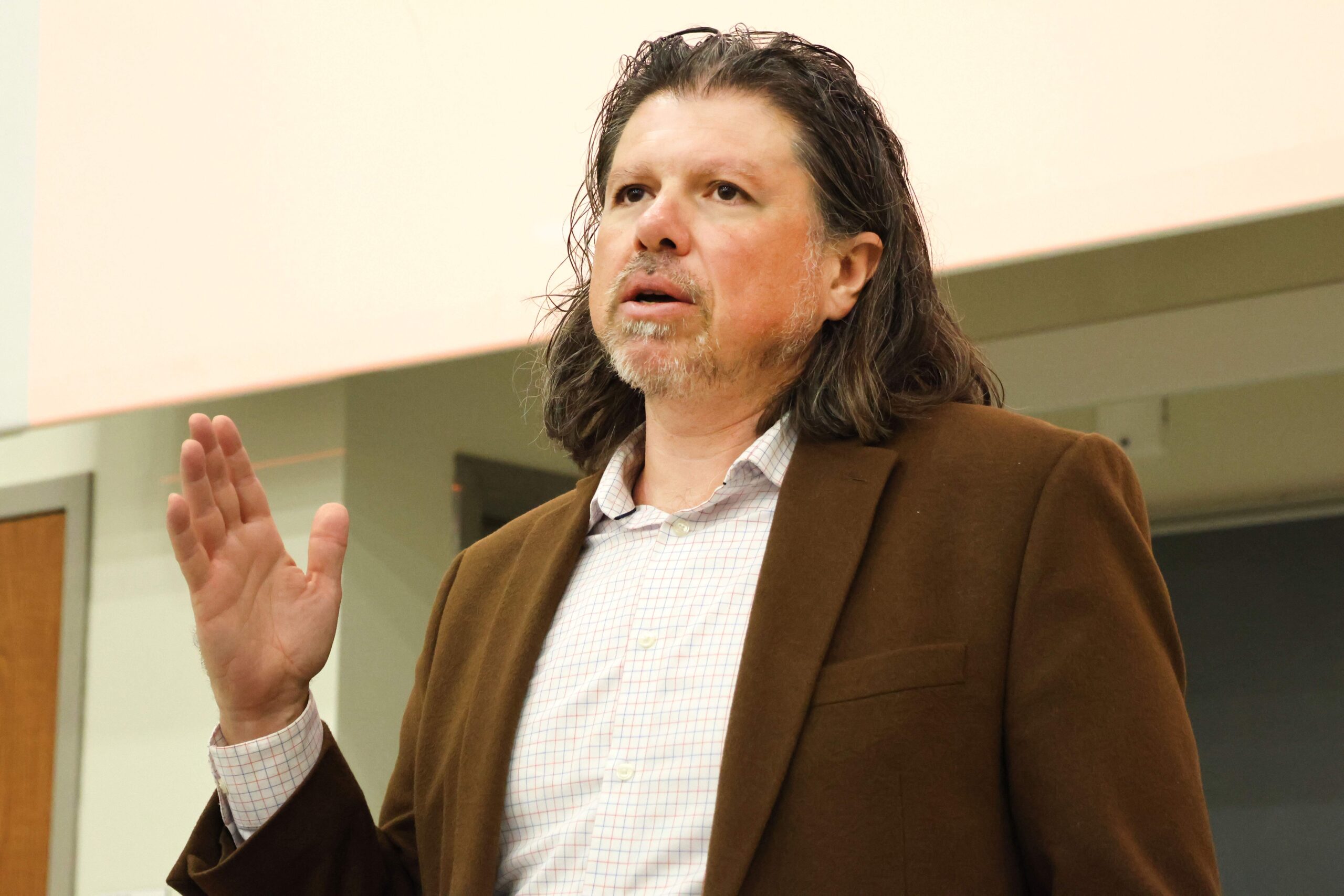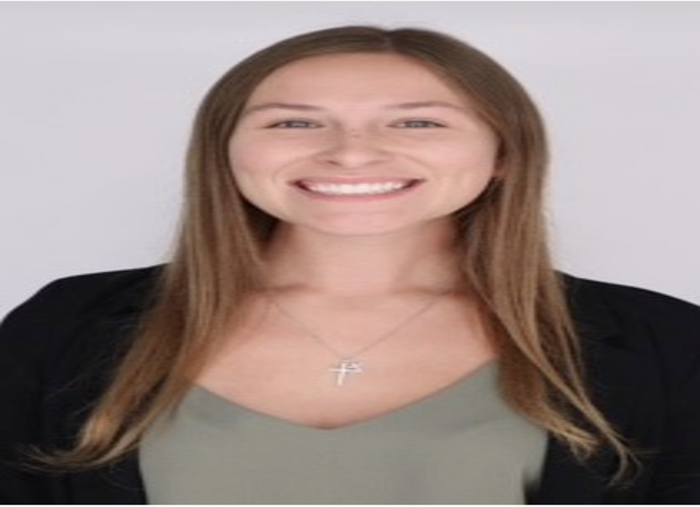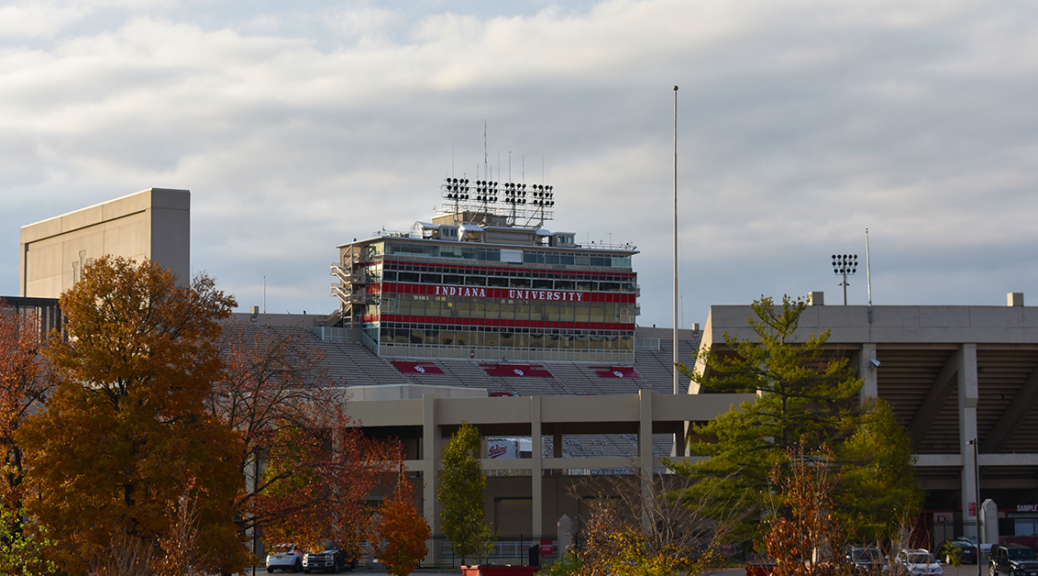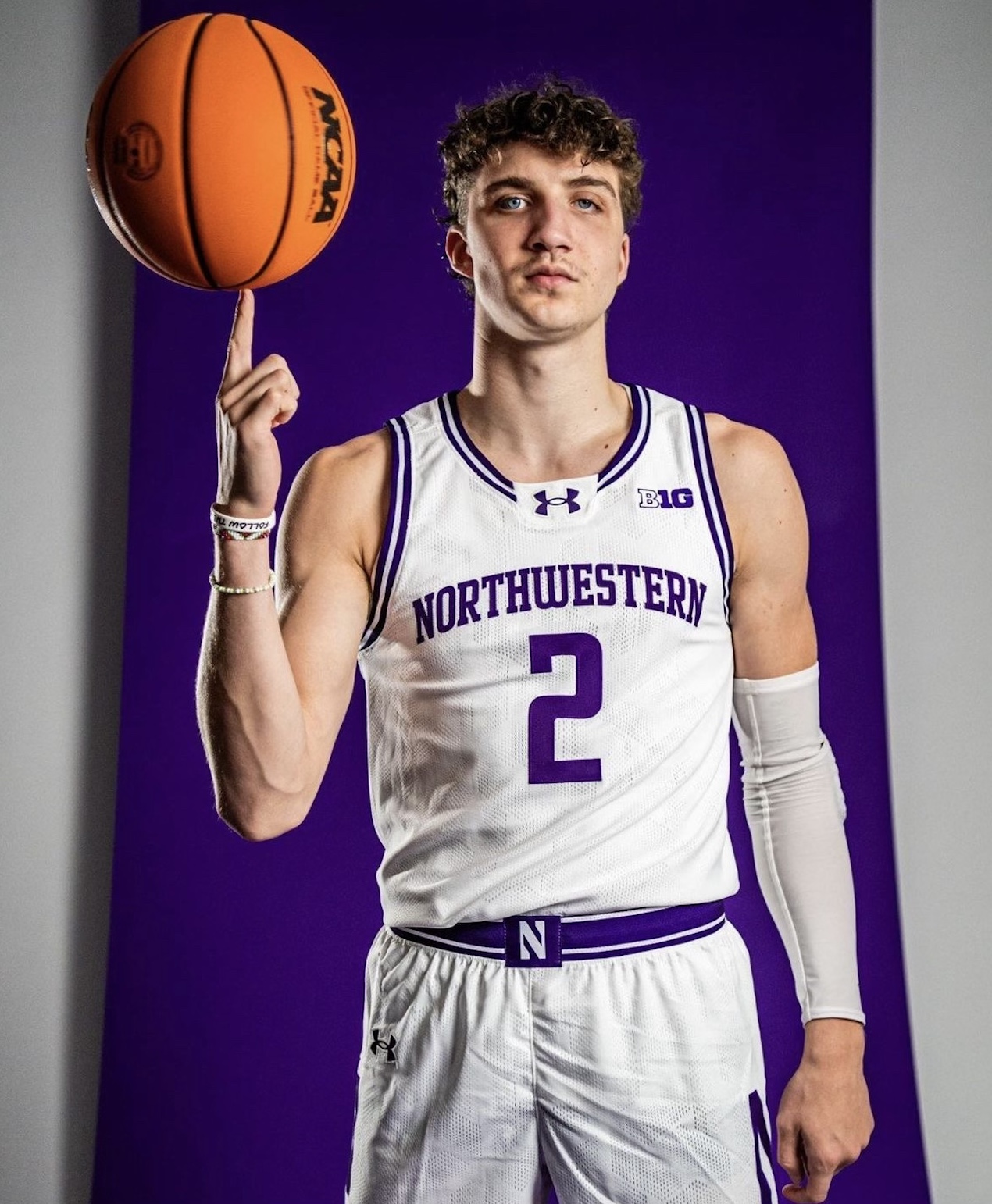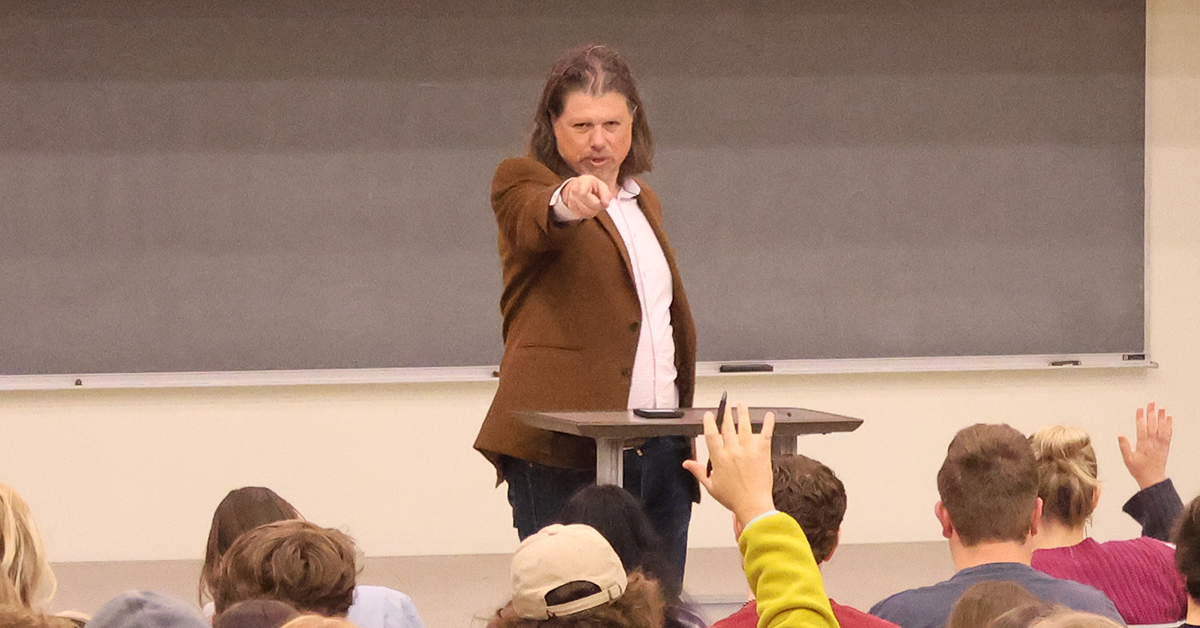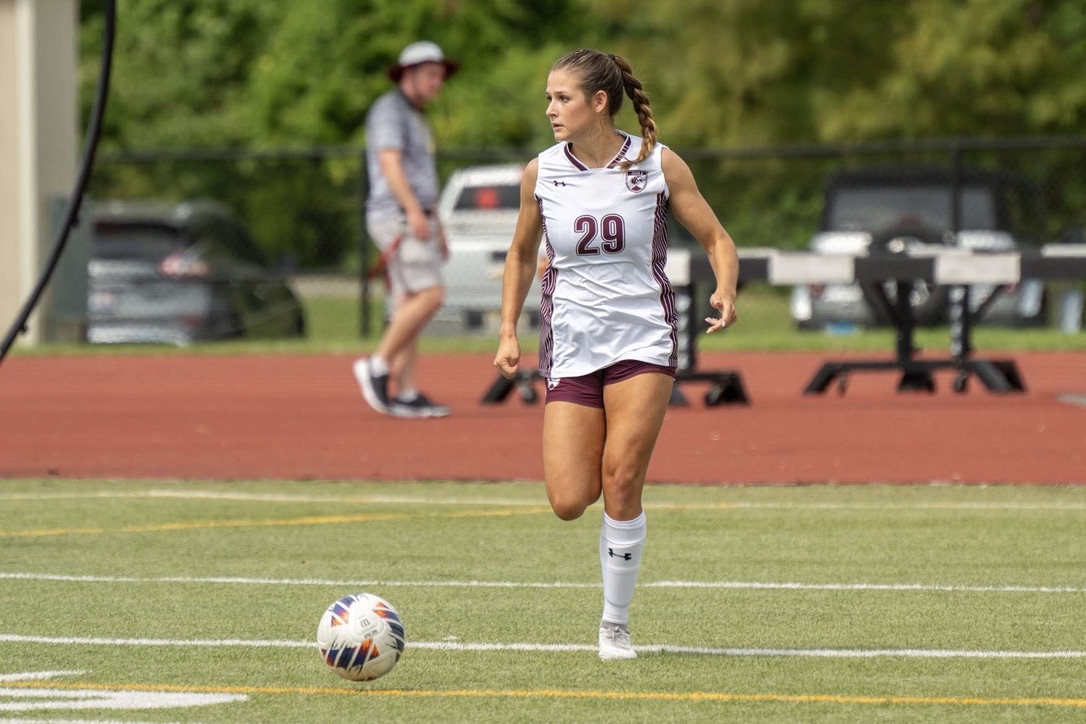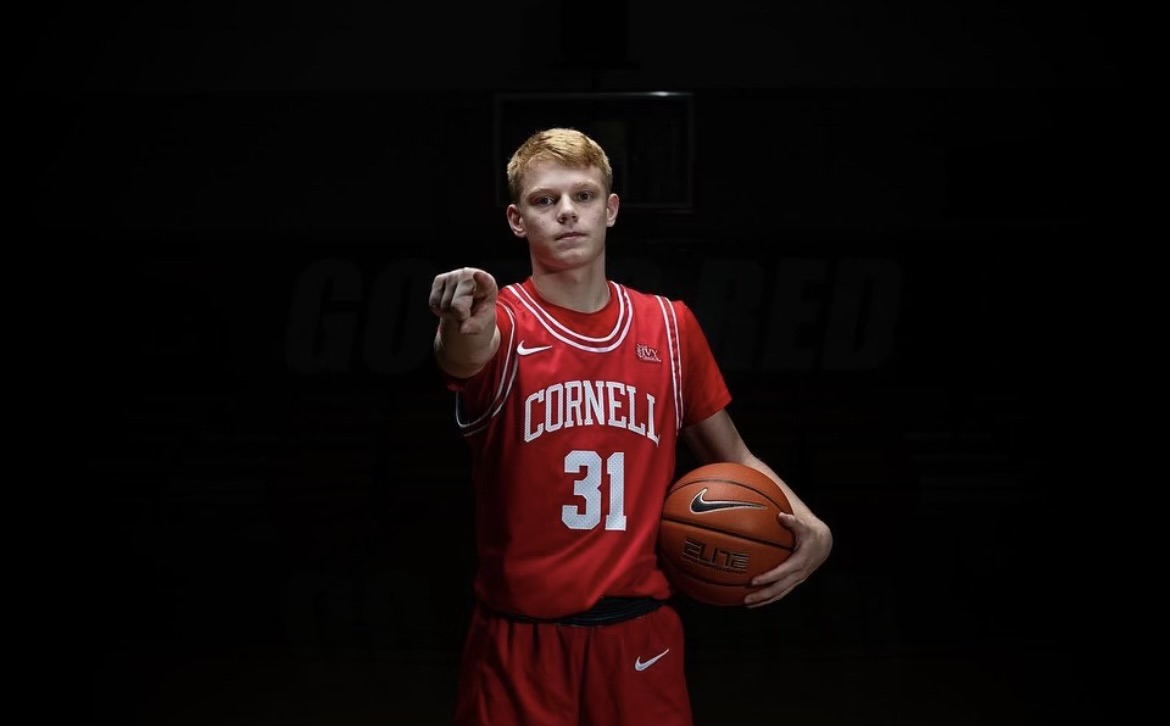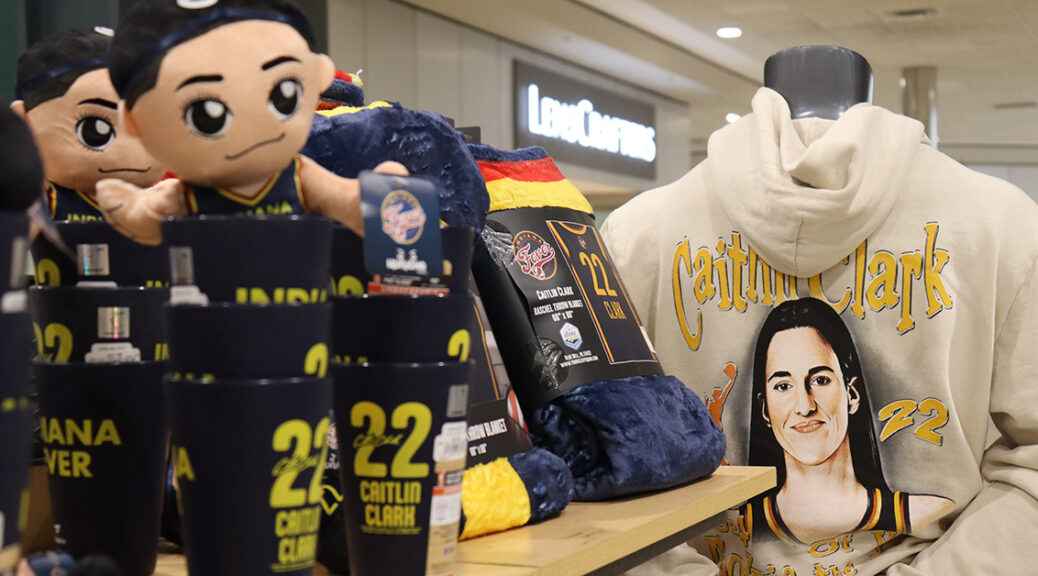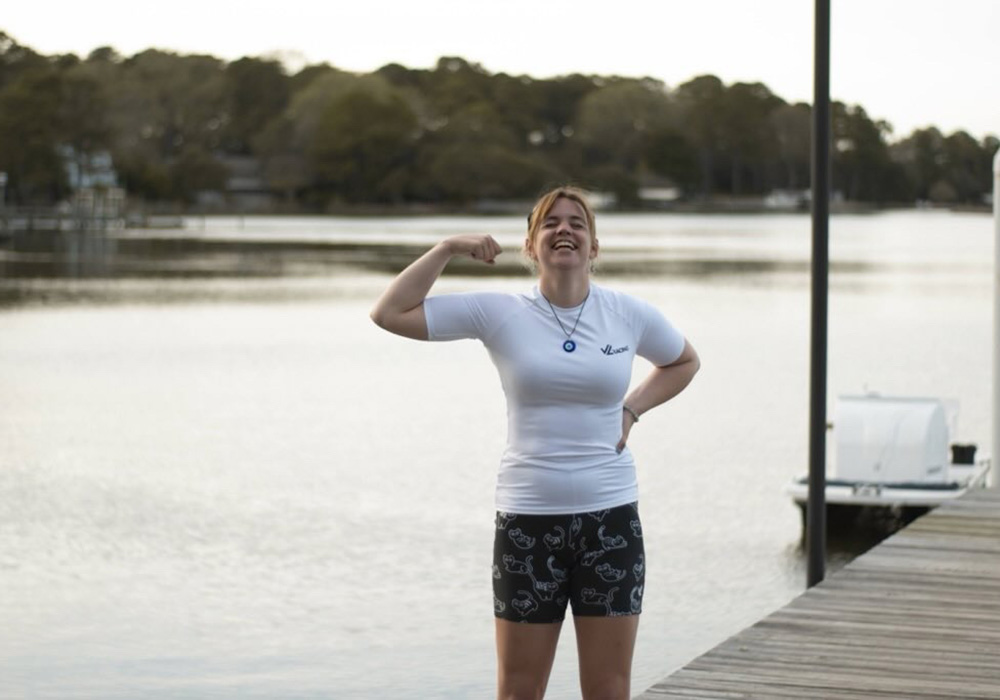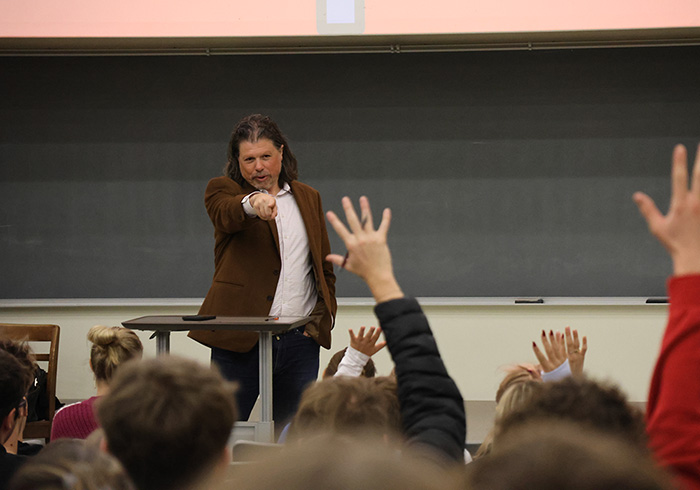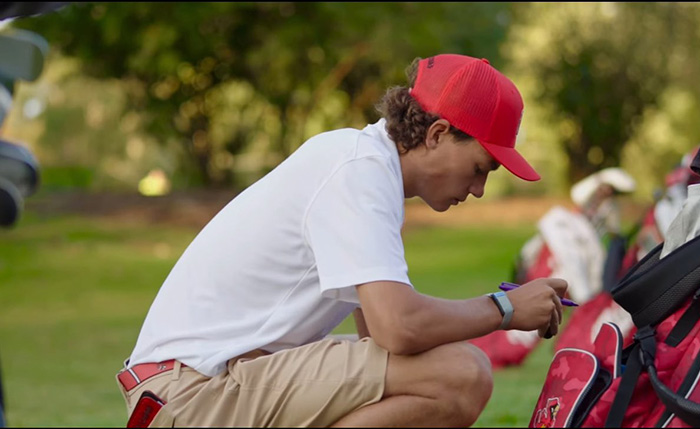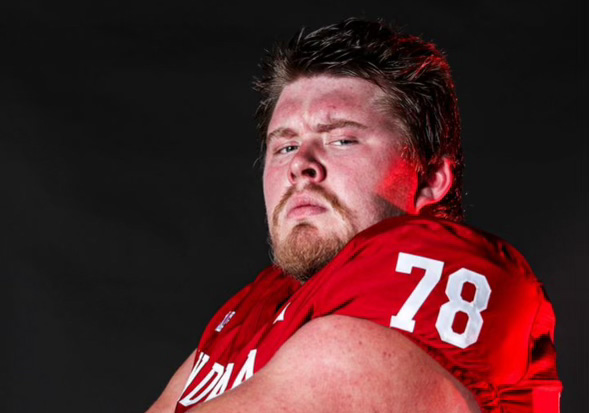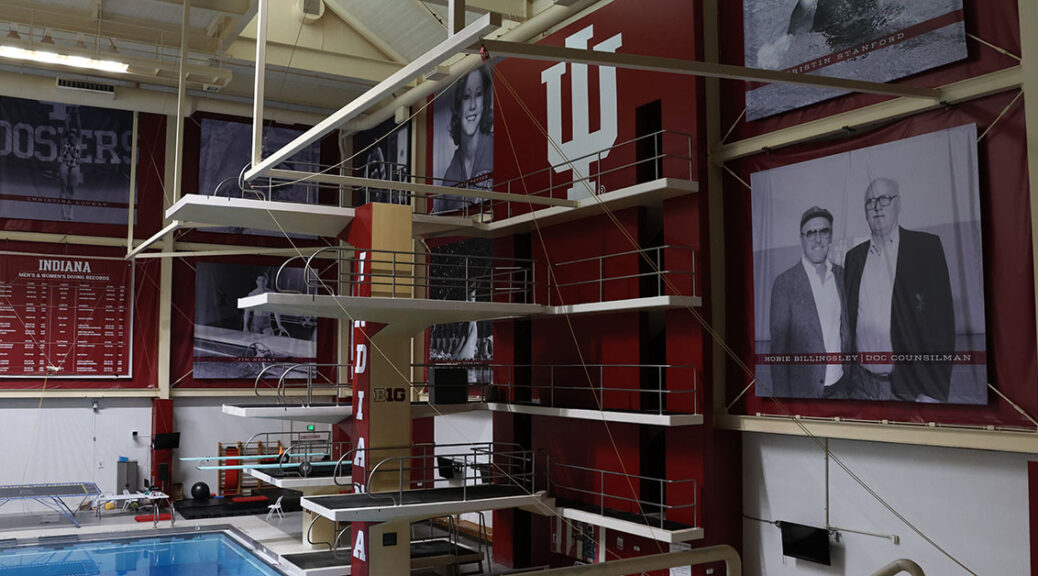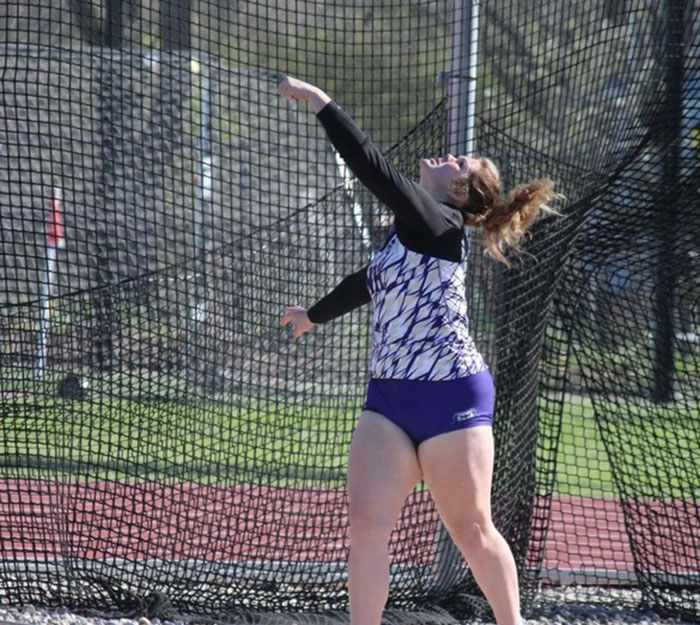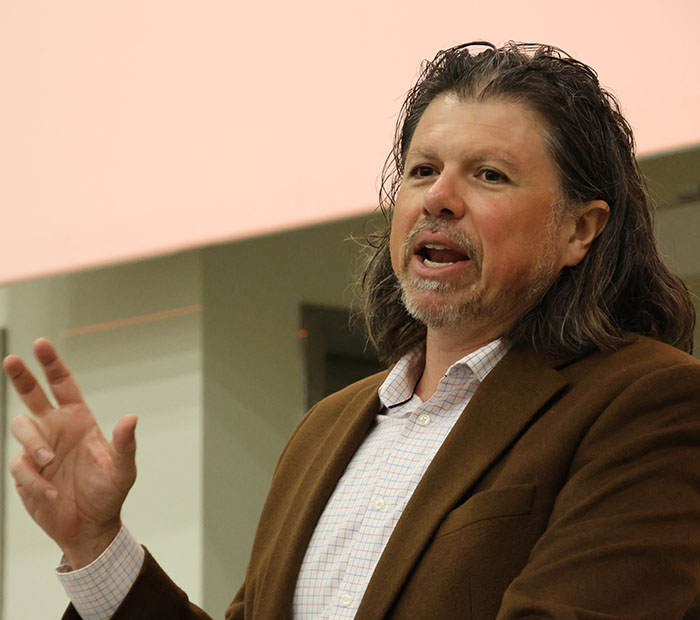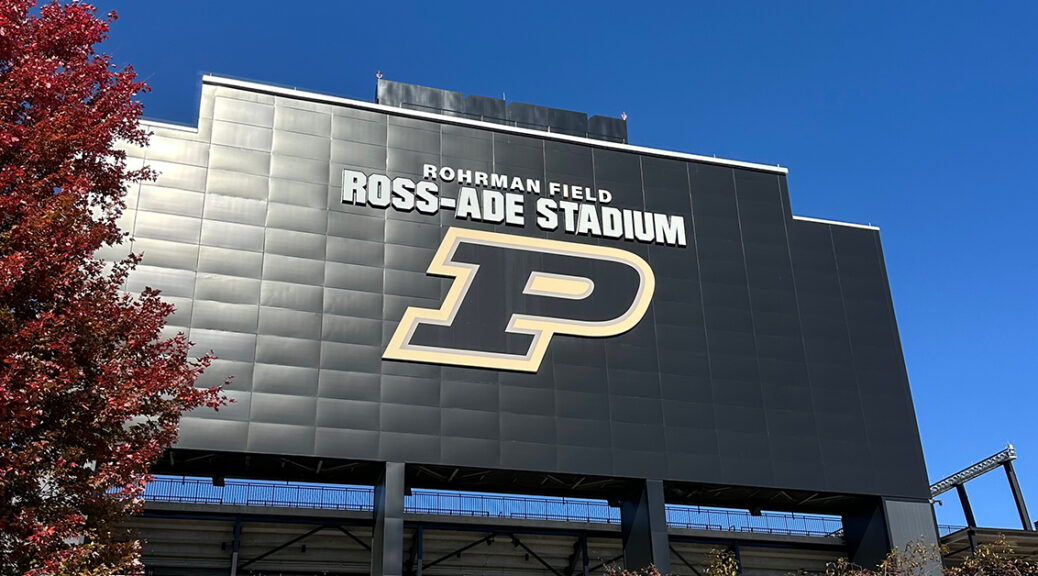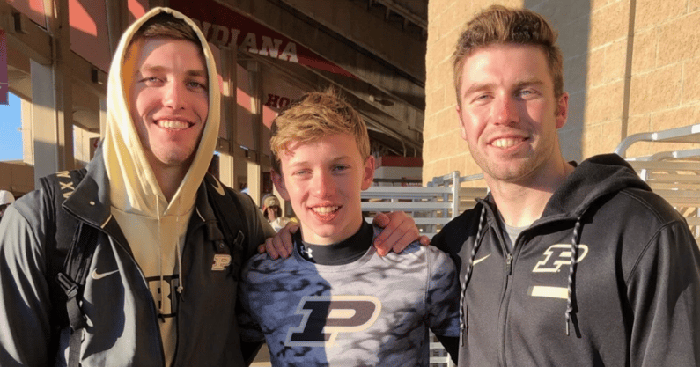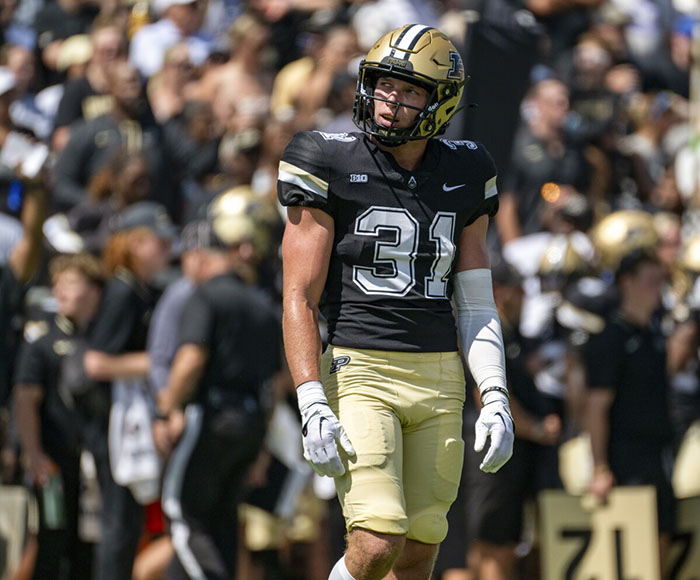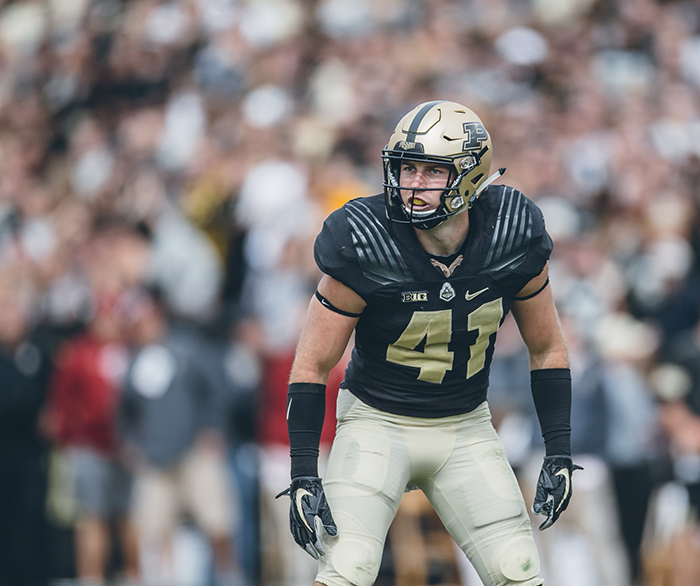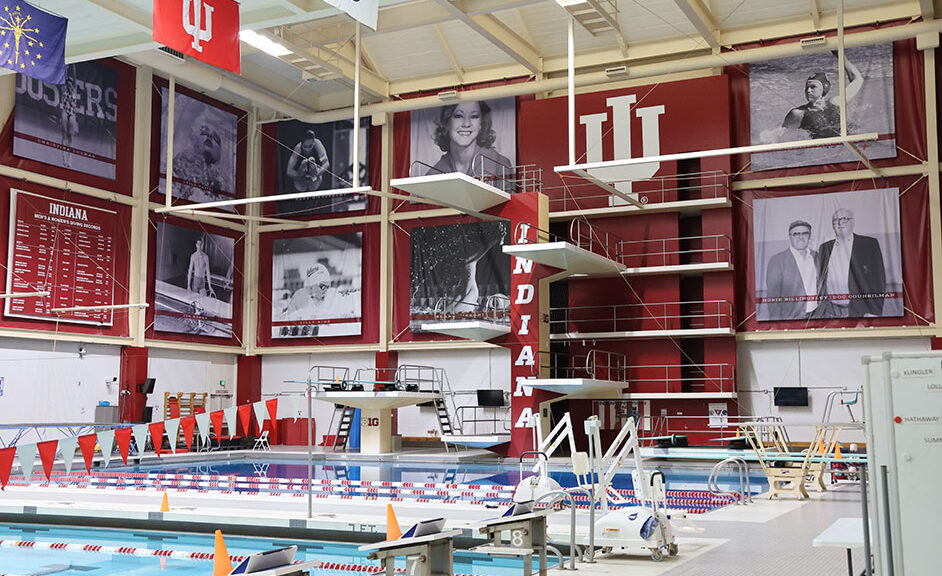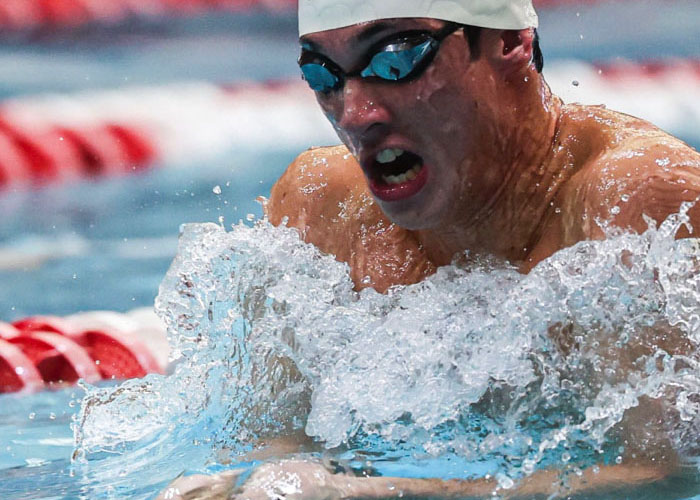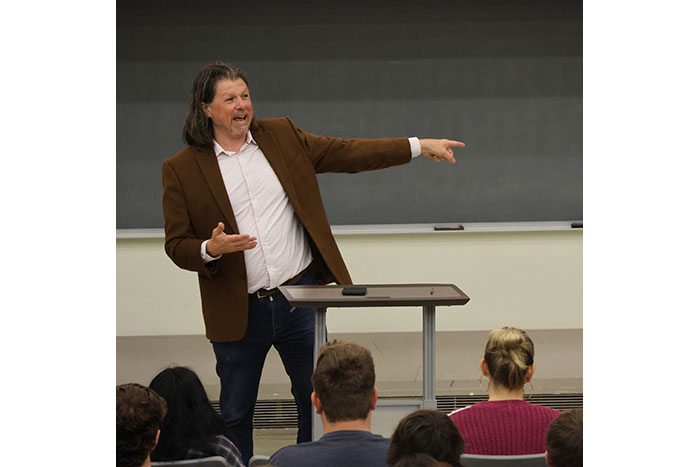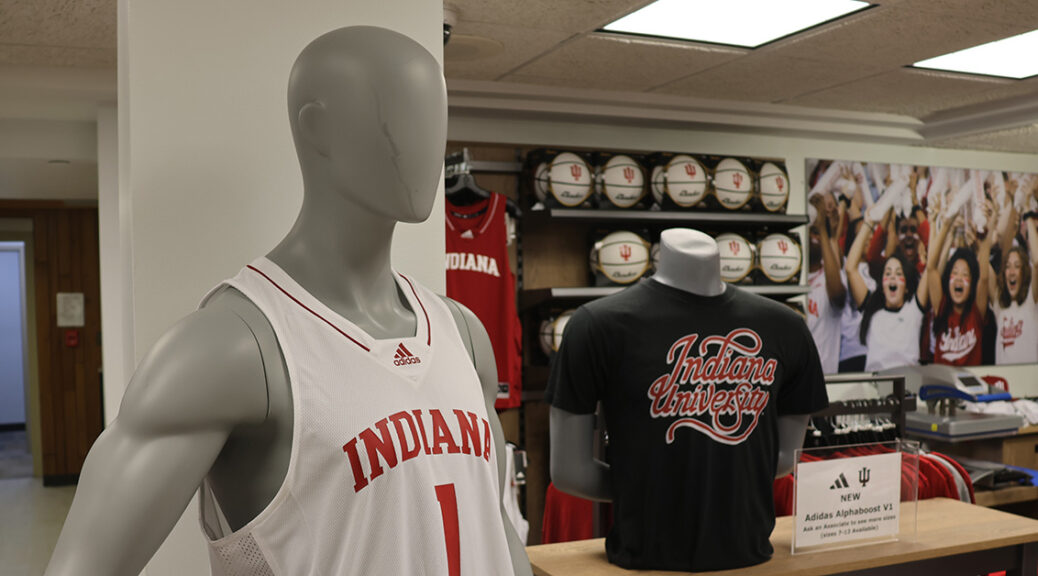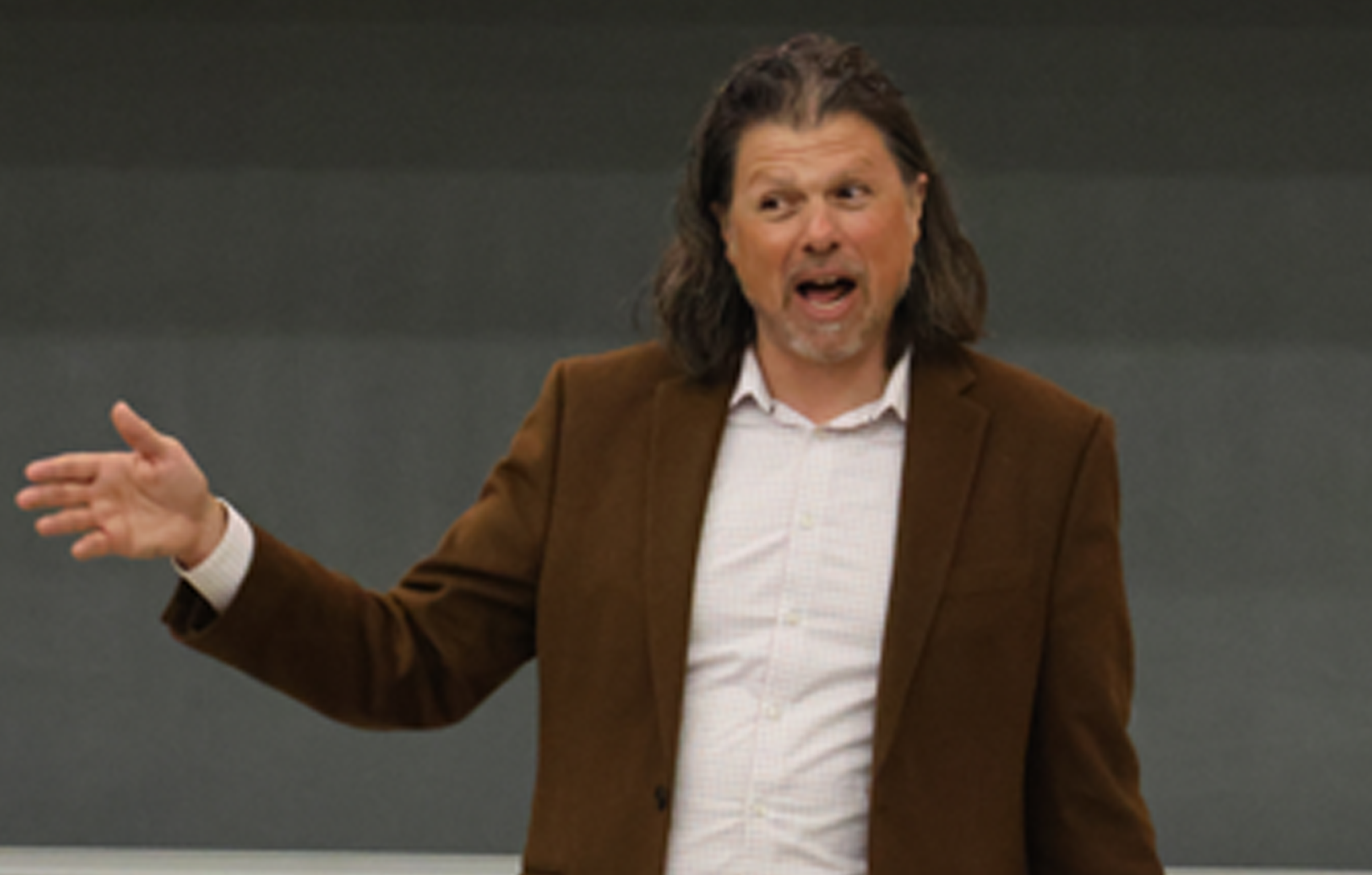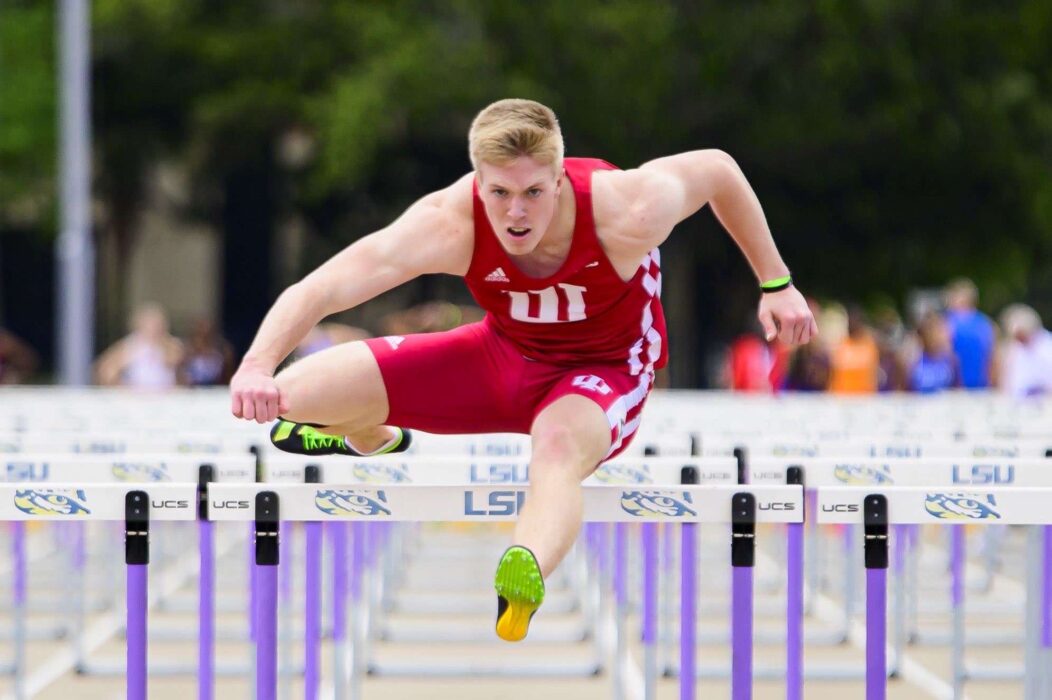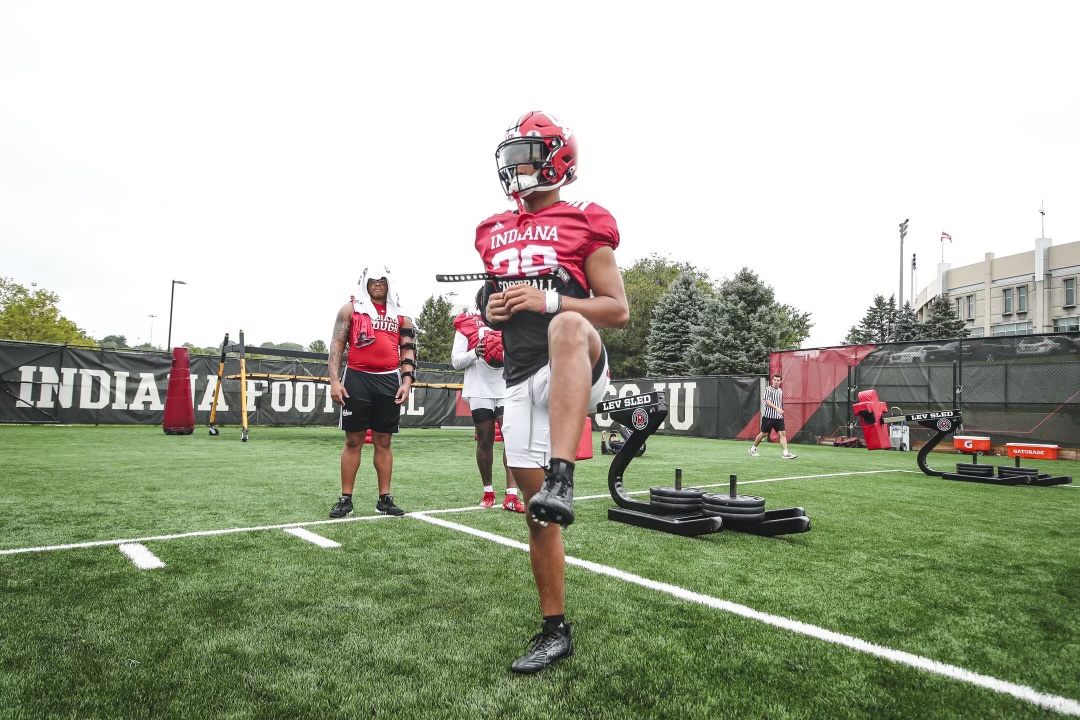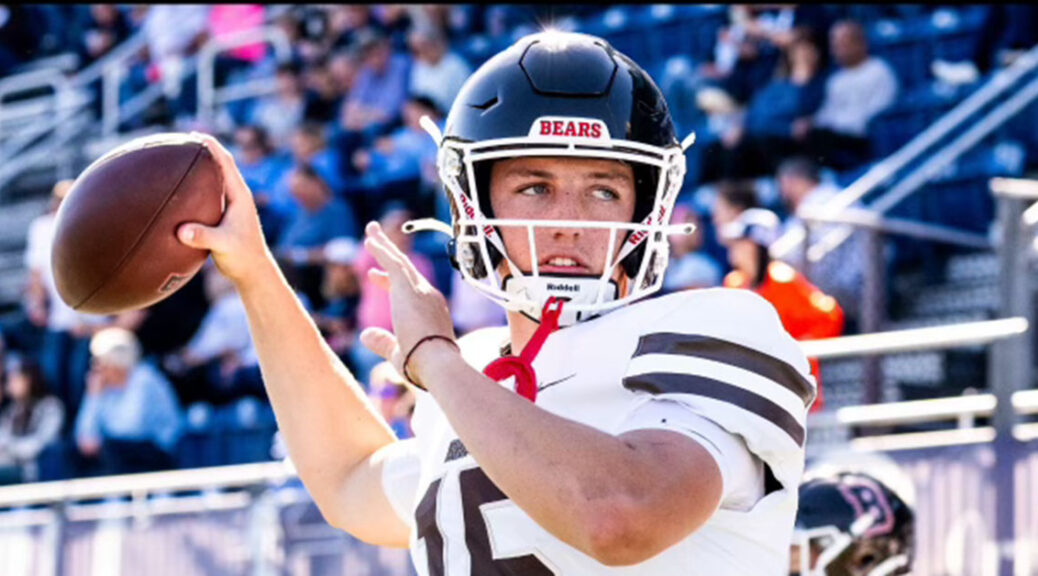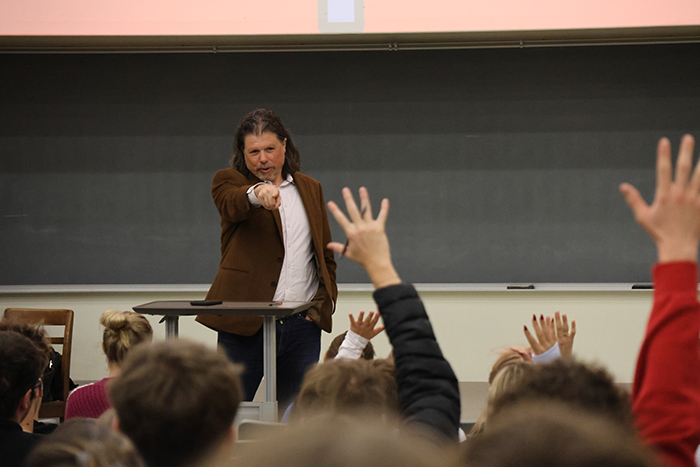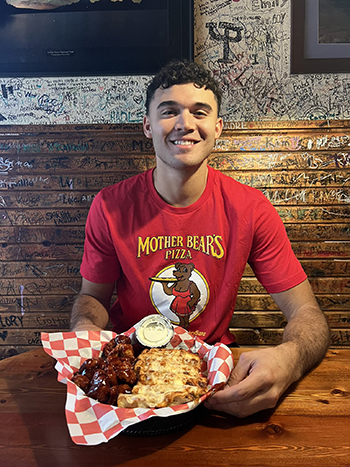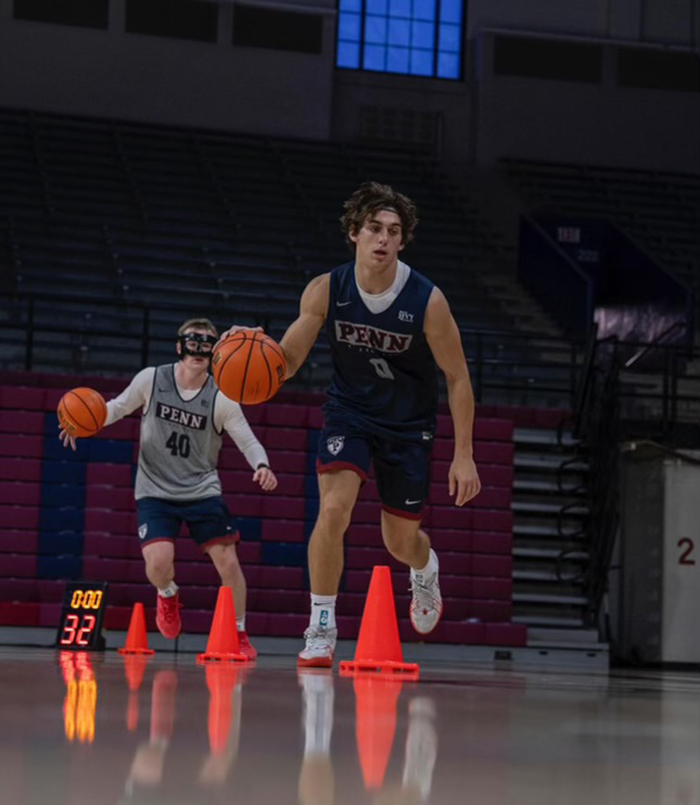Balancing Opportunity: The Impact of NIL on Female Athletes and Collegiate Sports
Georgia White, Sarah Park, Kyiah Johnston
Bloomington, Ind (November 5, 2024)—3 years ago, partnering with local businesses like Bloomington Bagel Company would have seemed beyond reach for Indiana University swimmer Anna Peplowski. Now, thanks to NIL, she’s doing just that.
Women’s sports have struggled with media attention and financial opportunities compared to their male counterparts, but NIL might bridge these gender inequality gaps.
In 2021, the NCAA included college students in NIL, or Name, Image, and Likeness, allowing college athletes to earn money from endorsements, sponsorships and personal branding. It has transformed college sports, giving athletes financial opportunities while still in school. This is changing how they navigate their athletic and academic careers.
“As an 18-year-old adult, you have the right to control the use of your name, image, and likeness, and to profit from them in any form of media, advertising, or business.” Galen Clavio, Director of the National Sports Journalism Center at Indiana University, states.
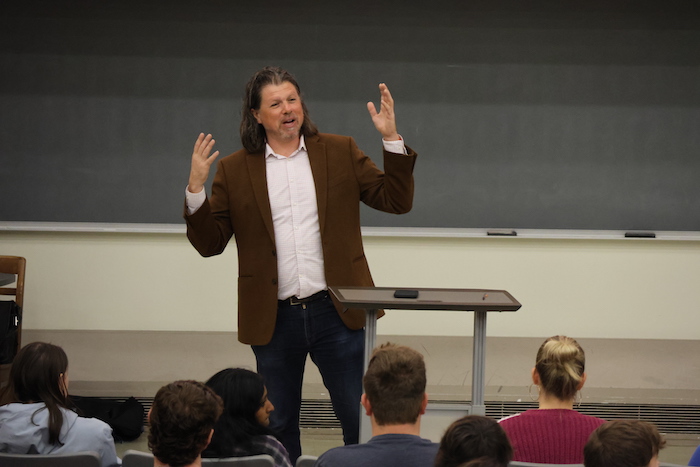
Taken by Emma Pearce, student at Indiana University
From Germantown Hills, Illinois, Anna Peplowski is on track to an impressive swimming career. Her best events at IU are her 500-meter freestyle and 200- meter backstroke. She was one of 25 Indiana representatives to attend the 2021 Olympic trials and then went on to compete in the 2025 Paris Olympics to win the silver medal in the 800-free relay. With these accomplishments, Peplowski is using NIL opportunities to promote her brand and strengthen her image. Before scrolling down on her Instagram page to see pictures of her smiling with friends and highlights of her swimming events, the first thing that catches the eye is the link in her bio. This link is to her NIL store, where she collaborates with IU to sell her custom-designed IU gear.
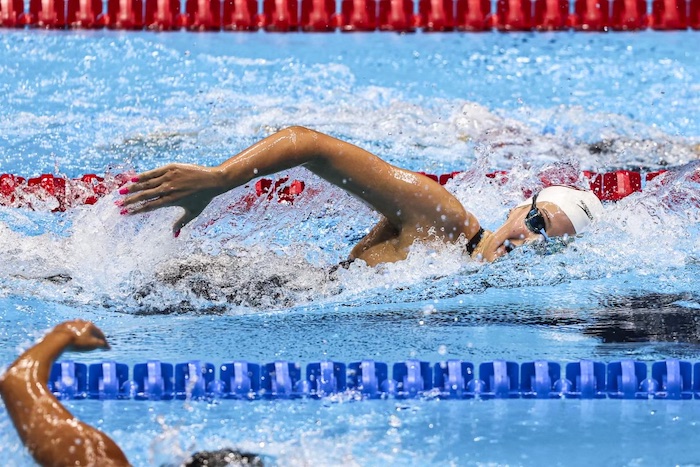
Historically, women athletes have had to work harder to gain visibility. But in the digital age, social media aids in amplifying these athletes’ stories and talents, making it a crucial tool for women athletes to build personal brands and secure endorsements. For athletes like Peplowski, marketing herself through platforms like Instagram has proven to be a necessity in drawing attention to her accomplishments.
Female athletes are emerging as top earners in the NIL space. CNBC reports that women athletes capture a significant share of endorsement deals due to social media’s accessibility and reach. Athletes like Caitlin Clark and Angel Reese have made headlines for their brand deals. NIL is elevating female athletes’ visibility in ways traditional media has never been able to.
This increased visibility for women’s sports is changing public perception by normalizing the success of female athletes. Furthermore, NIL allows these athletes to financially sustain their careers while still in college. This is particularly important for women athletes who often face fewer professional opportunities post-college than their male counterparts.
https://youtu.be/blvbFRLBnb8?si=o7ZlTfwm1gY9aRTJ
Indiana University students share their thoughts on NIL and its impact on women’s sports.
Yet, challenges remain. While women athletes find success in social media, securing sponsorships is less likely due to lower engagement in their sports. Peplowski highlights that there are unique challenges in securing streaming and revenue opportunities in a sport that doesn’t receive much coverage. Sometimes, she has had to go out of her way to secure NIL instead of them coming to her first. In such cases, social media is crucial for women athletes in order to actively pursue NIL partnerships and maintain a presence in the public eye.
“Since NIL has started, so many opportunities have been presented since there wasn’t a lot of recognition in the past. Media attention is very beneficial,” Peplowski states. “People can see what I’m posting, especially locally. It brings more awareness to the company I’m working with.”
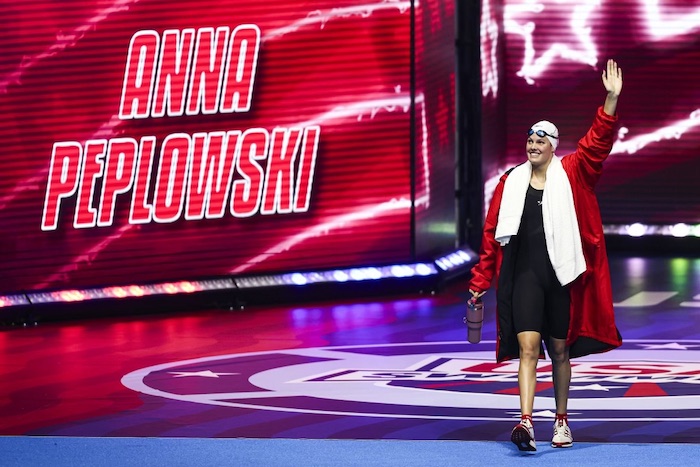
The impact of NIL on women athletes goes beyond financial gains—it’s about representation and empowerment in sports. By providing female athletes the platforms to share their achievements and stories, NIL is paving the way for a more inclusive sports culture. As Peplowski continues training at Indiana University, she’s serving as a role model in the evolving world of college sports and inspiring the next generation of women athletes. As her heart is set on the next Olympics, she will continue to leverage NIL to benefit her athletic career.


